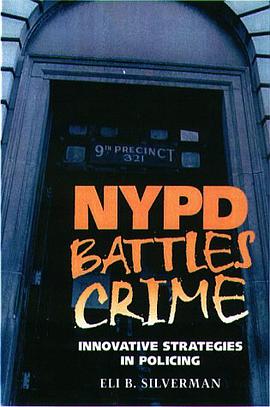

具体描述
In the last five years, New York City has experienced the nation's most dramatic reduction in crime. While the New York Police Department is receiving extensive publicity and praise as the key agent for the sharp decline, many experts downplay the NYPD's role, arguing instead that prevailing social, economic, and demographic conditions are the primary reasons for the unprecedented drop in crime rates. This timely book informs the debate by detailing how innovative strategies adopted in 1994 by then-police commissioner William Bratton had the immediate and sustained effect of lowering incidents of crime in every city precinct. Eli B. Silverman begins his study with a historical review of the evolution of police reform movements in New York City, showing that the achievements and failures of earlier external and internal initiatives formed the foundation for today's re-engineered NYPD. Drawing on privileged access to police documents and meetings, he then examines how the dynamic interaction of specific strategic, organizational, and managerial changes redefined the approach to policing, transforming the department from a reactive to a proactive force. In particular, Silverman focuses on Compstat, a sophisticated computer program that compiles crime statistics, as the crucial mechanism for linking the development of new policies with effective tactics to control crime. The up-to-date and accurate information provided by Compstat drives twice-weekly crime strategy meetings that ensure essential planning, coordination, evaluation, and accountability. NYPD Battles Crime is a fascinating story of organizational change, innovation, and continuity.
作者简介
目录信息
读后感
评分
评分
评分
评分
用户评价
相关图书
本站所有内容均为互联网搜索引擎提供的公开搜索信息,本站不存储任何数据与内容,任何内容与数据均与本站无关,如有需要请联系相关搜索引擎包括但不限于百度,google,bing,sogou 等
© 2025 book.wenda123.org All Rights Reserved. 图书目录大全 版权所有




















